Turn text to speech with Balabolka
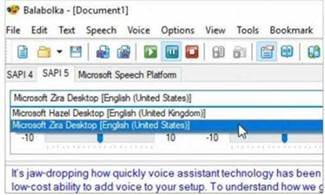
Your guide Cat Ellis says…
“Balabolka is a free app that can turn any text document into spoken words – and the end result sounds surprisingly natural”
At a glance
Skill level…
► Anyone can do it
Straightforward Tricky in parts
Suitable for…
Windows 10
Windows 8.1 Windows 7
Text-to-speech apps used to have two main drawbacks: they were expensive, and the resulting audio sounded robotic. Thankfully, technology has come a long way since then, and now you can download some excellent text- to-speech tools completely free.
There are lots of reasons why you might want to convert text to speech. You might have dyslexia, or a sight problem that makes reading on a screen difficult. You might be learning a language and find it easier to understand when it’s spoken, or you might want to listen to a book while you’re doing something else.
Whatever the reason, Balabolka (which roughly translates as ‘chatter’) is an excellent tool. It accepts pretty much any text file format, there’s a great selection of voices to choose from, and it has bookmarking tools that let you jump to a specific part of the text. Let’s get started with it…
CATS BEST TIP!
If you’re using Windows 10, Balabolka might cause it to close so make sure you save your work regularly.
Step-by-step | Read text aloud with Balabolka
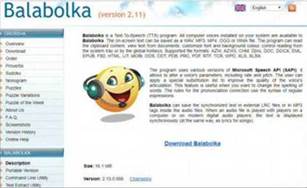
1 Get Balabolka
Go to www.cross-plus-a.com/balabolka.htm and click Download Balabolka. Once downloaded, extract the compressed balabolka.zip to a convenient folder on your PC, then double-click the setup file to run it. Choose your preferred language, then click Next to step through the installer. When it’s done, check the box marked ‘Launch Balabolka now’ and click Finish.
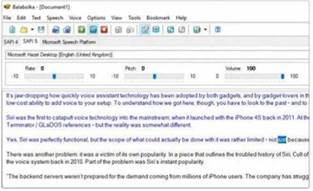
2 Convert some text
The easiest way to see how Balabolka works is to type or paste some text into the blank document provided. Click to position the blinking cursor at the beginning of the text, then click the green Play button. The text will be read aloud using one of the default voices installed with Windows. You can also open text documents or have it read the contents of the clipboard.

3 Choose a different voice
If you’re not a fan of the default voice (in this case Microsoft Hazel Desktop), you can see which others are installed on your PC using the drop-down menu above the text entry box. You can also use the sliders underneath to adjust the rate, pitch and volume of the voice. Rate is particularly useful – the standard voices sometimes speak a little slowly.
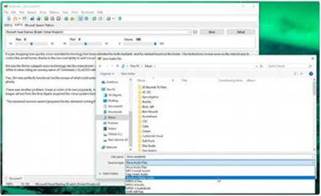
4 Save the speech
One of Balabolka’s best features is the ability to save converted text as a sound file. Click ‘File’ and select ‘Save audio file’. You can choose from all the most common sound file formats, including MP3, WAV, OGG and WMA. It’s also possible to save the spoken text as an audiobook. It won’t be the same as an audiobook read by a professional voice actor, but it’s free!
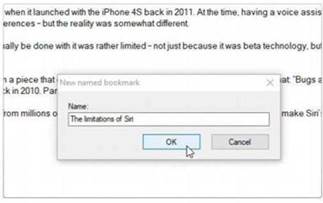
5 Set bookmarks
Balabolka allows you to set bookmarks, which will divide the document into chunks, making it much easier to navigate – particularly for long documents. Position the cursor in the text, then click Bookmarks > ‘Insert named bookmark’ and enter a name. Bookmarks are invisible, but you can skip between them by right-clicking and selecting ‘Go to named bookmark’.
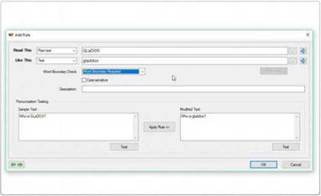
6 Correct pronunciation
If Balabolka is struggling to say a particular word, click the ‘Panel of dictionaries’ button in the top menu and select ‘sample, bxd’. Now right-click the word and select Pronunciation. Click the text box beside ‘Like this’ and type an approximate phonetic pronunciation of the word. Use the speaker icon to check how it sounds. When you’re happy, click OK, then Save.
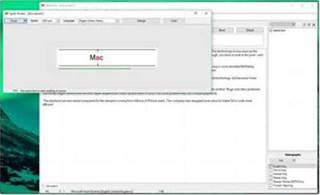
7 Try speed-reading
If you’re comfortable reading on a screen, but don’t have much time, Balabolka has Spritz built in. This displays words in very quick succession so you can read them without having to move your eyes. Move your cursor to the start of the text, then click Tools > Spritz Reader and click Read. Once you’re used to Spritz, you should be able to get up to 400wpm quite easily.
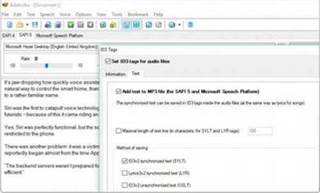
8 Sync text
Some media players can display lyrics while a song is playing, and with a little tinkering you can set up your exported spoken word files to work the same way. Just click File > ‘ID3 tags’, check’ Set ID3 tags for Audio files’, click the Text tab and select ‘Add text to MP3 files’. The words will now appear in sync with the spoken audio when you play the exported MP3.





